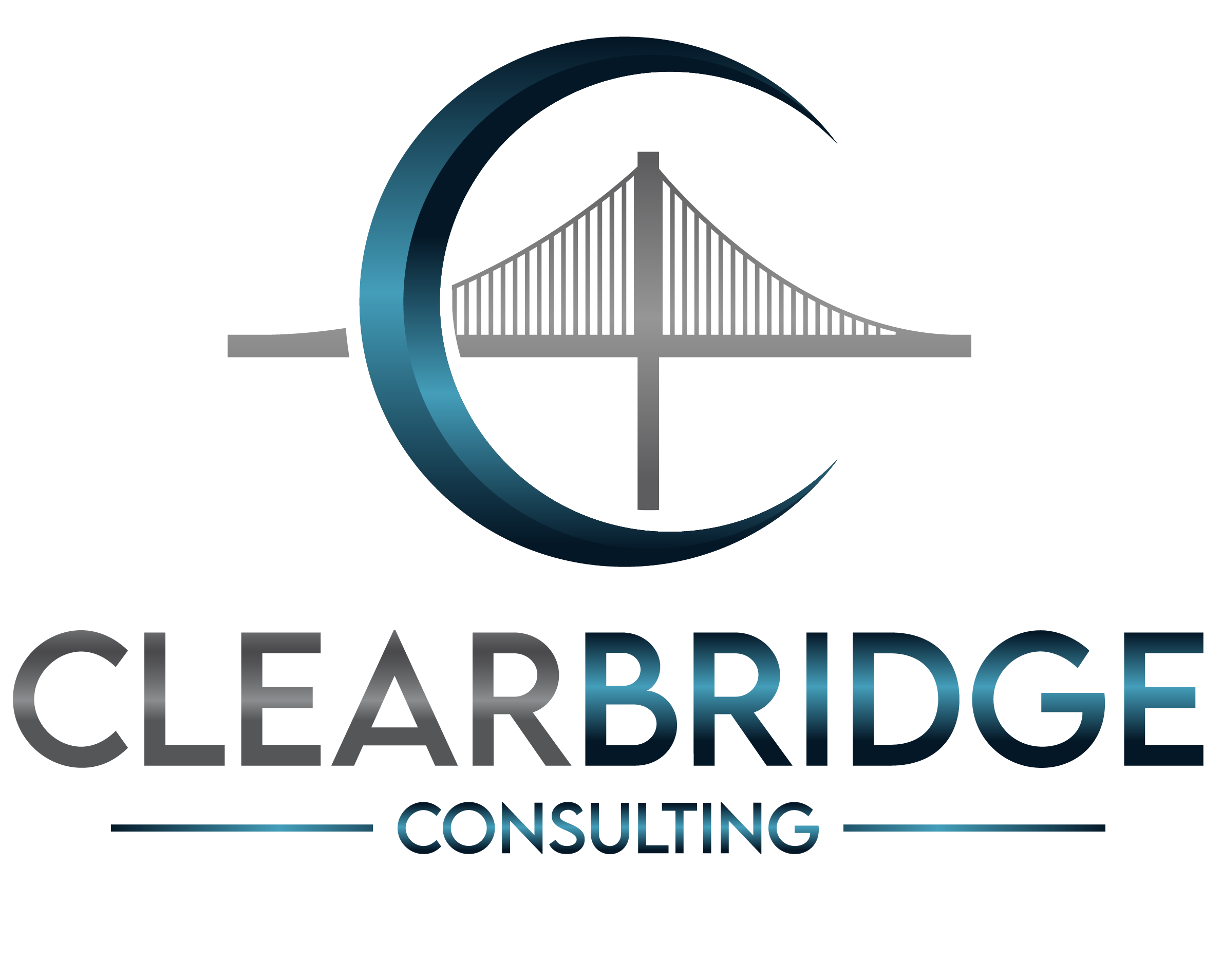The Inevitable Future Transaction: Planning for Ownership Changes in Small and Midsize Organizations
All small and midsize organizations will inevitably face a future transaction involving a change of ownership. This can take many forms, such as a generational hand-off, a sale to a private equity firm, an acquisition by a competitor or industry-adjacent company, or even the owner selling off equipment and assets before closing shop. Despite the inevitability of these changes, most companies never consider this scenario in strategic terms and thus avoid having necessary conversations about it.
Understanding and planning for this future transaction is crucial because it fundamentally shapes the organization’s strategy. All strategies are about delivering value, but value comes in many forms. The desired future transaction type should influence the company’s strategic decisions and priorities.
For companies planning a generational hand-off or converting to an Employee Stock Ownership Plan (ESOP), the focus will likely be on creating a strong company culture and comprehensive benefits plan. A positive, cohesive culture ensures that employees are committed and motivated, which is essential for a smooth transition to new internal leadership. A strong benefits plan can also help retain top talent, making the company more stable and attractive for long-term ownership. A company preparing for a generational hand-off or ESOP might invest in leadership development programs to groom the next generation of leaders. They might also focus on sustainability initiatives that ensure long-term viability
In contrast, if the goal is to sell to a private equity firm or the highest bidder in a short timeframe, the strategy might prioritize operational efficiency and maximizing EBITDA. This means cutting costs, streamlining processes, and focusing on profitability, even if it means sacrificing other areas such as employee perks or long-term investments. This company might focus on short-term revenue growth, cost reduction measures, and financial metrics that potential buyers typically scrutinize. This approach aims to make the company financially appealing to buyers by showcasing high profitability and efficient operations.
Recognizing the nature of the future transaction significantly impacts the organization’s approach to strategic planning. It allows leaders to align their goals and initiatives with the ultimate aim, whether that’s maintaining the company’s legacy, securing the future of its employees, or achieving maximum financial returns.
By acknowledging and preparing for the inevitable ownership change, small and midsize organizations can better align their strategies to achieve their desired outcomes. This preparation involves not only internal alignment but also transparent communication with stakeholders, including employees, customers, and investors, to ensure everyone understands the company’s long-term direction.
In conclusion, anticipating and planning for future ownership transactions is vital for small and midsize organizations. It allows them to strategically navigate their growth and development, ensuring that they deliver maximum value in ways that support their future goals. Whether the focus is on preserving the company’s legacy, enhancing employee ownership, or maximizing sale value, understanding and planning for this inevitability will lead to smoother transitions and sustained success.






